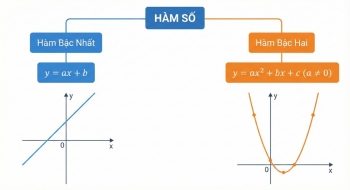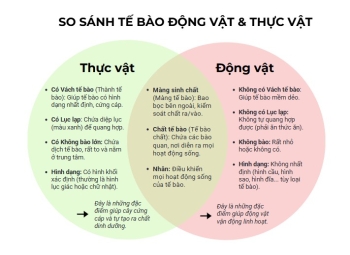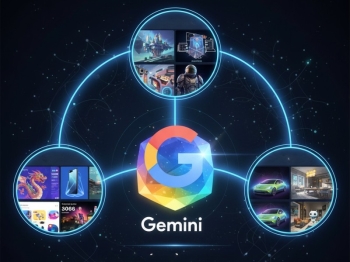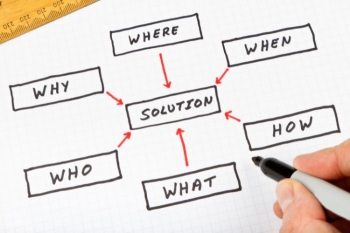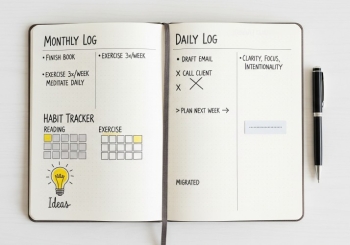Do you often start with great determination, only to find your execution less enthusiastic and your performance quite low?
Do you open your computer to work, but 15 minutes later, you're watching short entertainment videos?
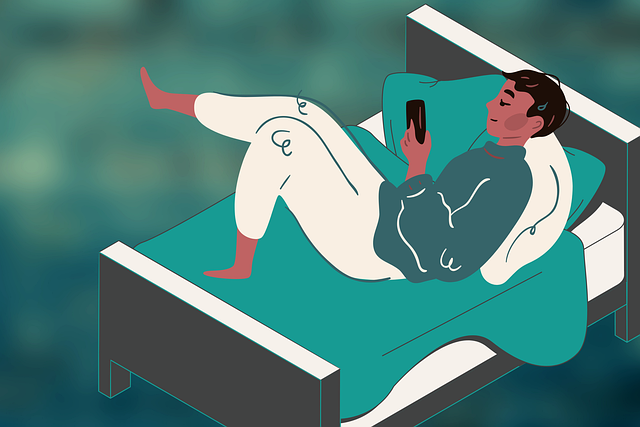
WHY DO WE LOSE FOCUS SO EASILY IN THE DIGITAL AGE?
The "Brain Rot" Phenomenon – The Silent Enemy of Our Time The term "brain rot" (defined as the deterioration of intellectual abilities due to excessive consumption of low-quality online content) was chosen by Oxford Dictionary as its word of the year for 2024. This silent enemy makes us:
· Lose 23 minutes to refocus after each distraction.
· 85% of young people struggle to concentrate on a task for more than 10 minutes.

6 GOLDEN RULES TO LIVE A HIGHLY PRODUCTIVE LIFE
1. The 2-Minute Rule: "Do It Now, Don't Think!"
Any task that can be completed in under 2 minutes should be done immediately, not postponed. Accumulated small tasks create "mental clutter," making it difficult for the brain to focus deeply on important work. Practical Application:
· Emails/Messages: Reply immediately to simple messages or emails.
· Household Chores: Wash a cup right after drinking, throw out trash as soon as you see it.
· Work Tasks: Save a file, update project status, quickly note an idea.
Immediate Benefits:
· Reduce 75% of stress from accumulated small tasks.
· Increase a sense of accomplishment and motivation.
· Create mental space for more complex tasks.

2. The 10-Minute Rule: "Just Start It, No Matter What!"
Feeling overwhelmed by a large task? Commit to working on it for just 10 minutes. The brain tends to remember and want to complete tasks it has started more than those it hasn't touched. This is known as the Zeigarnik Effect. How to Implement:
1. Small Commitment: Tell yourself: "I'll only work on this for 10 minutes."
2. Abandon Perfection: Accept imperfect results during the first 10 minutes.
3. Pure Focus: Work on only one thing, turn off all notifications causing distractions.
Remarkable Results:
· In 89% of cases, you will continue working after 10 minutes.
· Reduce the feeling of overwhelm by 60% before a large task.
· Build strong psychological "momentum" to continue the work.
3. The 1-Hour Rule: Maximum Focus
The 1-hour timeframe is scientifically proven by neuroscience to be the optimal period for deep focus without causing mental exhaustion.
Perfect Structure:
· First 5 minutes: Prepare mentally, define specific goals.
· Middle 50 minutes: Absolute focus, no checking phone/email.
· Last 5 minutes: Evaluate results and plan next steps.
Optimal Environment:
· A quiet space, eliminating all distractions.
· Temperature 20-22°C (68-72°F), sufficient lighting.
· Have water and necessary tools ready.

4. The 24-Hour Rule - Professional Response:
In our connected world, the ability to respond within 24 hours demonstrates professionalism and builds personal credibility.
Implementation Strategy:
· Morning Review: Check emails/messages at the start of the day.
· Priority Sorting: Categorize by priority and required response time.
· Evening Wrap-up: Complete all responses before the end of the day.
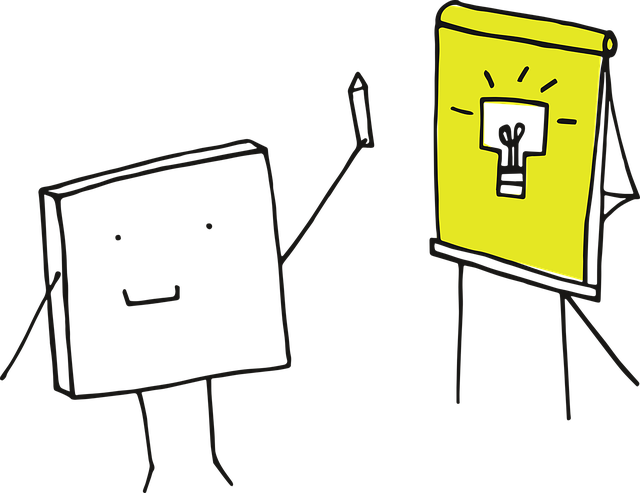
5. The 72-Hour Rule: "Don't Let Ideas Die!"
Research by Bodo Schaefer indicates that motivation decreases by 90% after 72 hours if no concrete action is taken. This is the "golden" time to turn ideas into reality. This is related to Motivation Decay principles.
72-Hour Action Framework:
· Day 1 (0-24h): Capture & Clarify
o Detailed idea logging.
o Identify the first necessary step.
o Preliminary research on feasibility.
· Day 2 (24-48h): Plan & Prepare
o Develop a specific action plan.
o Prepare necessary resources.
o Define timeline and milestones.
· Day 3 (48-72h): Execute & Commit
o Take the first action.
o Commit to the established timeline.
o Share your plan with others to create accountability.
Practical Examples:
· Business Idea: Day 1 - market research, Day 2 - draft business plan, Day 3 - register domain/fanpage.
· Learning a New Skill: Day 1 - find a course, Day 2 - register and schedule study, Day 3 - start the first lesson.

6. The 2-Week Rule: "Challenge & Adjust!"
Why is 2 weeks the golden milestone for habit formation?
14 days is the optimal cycle to:
· Form new "neural pathways" in the brain.
· Evaluate the effectiveness of a new habit.
· Adjust strategy without losing too much time.
2-Week Challenge Framework:
Week 1: Foundation Building
o Days 1-3: Start with high motivation.
o Days 4-5: Encounter first difficulties, requiring persistence.
o Days 6-7: Begin to feel more familiar.
Week 2: Habit Solidification
o Days 8-10: Habit becomes more natural.
o Days 11-12: Test persistence under challenging conditions.
o Days 13-14: Evaluate and decide whether to continue or adjust.
2-Week Challenge Examples:
· Digital Detox: No social media after 9 PM.
· Morning Routine: Wake up 1 hour early for exercise/reading.
· Productivity Hack: Apply the 2-minute and 10-minute rules daily.
LONG-TERM BENEFITS OF APPLYING THE SYSTEM
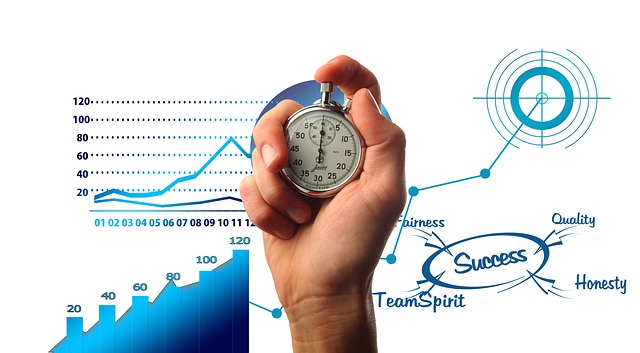
For Your Career:
· Increase work productivity by 40-60%.
· Improve credibility and professional image.
· Create a competitive advantage in the AI era.
For Mental Health:
· Reduce feelings of stress and anxiety by 50%.
· Increase a sense of control over life.
· Improve sleep quality and overall health.
For Relationships:
· More quality time for family and friends.
· Reduce communication tension.
· Become a reliable and respected person.
CONCLUSION: FROM "BRAIN ROT" TO "BRAIN BOOST"
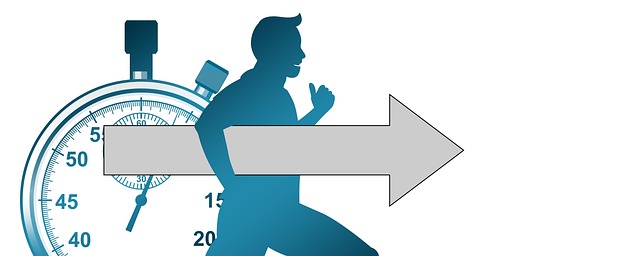
In a distracting digital age, the ability to focus and manage time effectively is not just a skill, but a superpower.
These 5 (Correction: 6 in the translated text) golden rules are not just theories; they are practical systems that thousands have successfully applied.
Remember, overcoming procrastination and building good habits is a journey, not a destination.
Every day you apply these rules, you are investing in the best version of yourself.
Final question: Which rule will you start with first? Choose one and commit to implementing it within the next 72 hours!
Wishing you success on your journey of personal development and creating a productive, meaningful life!


